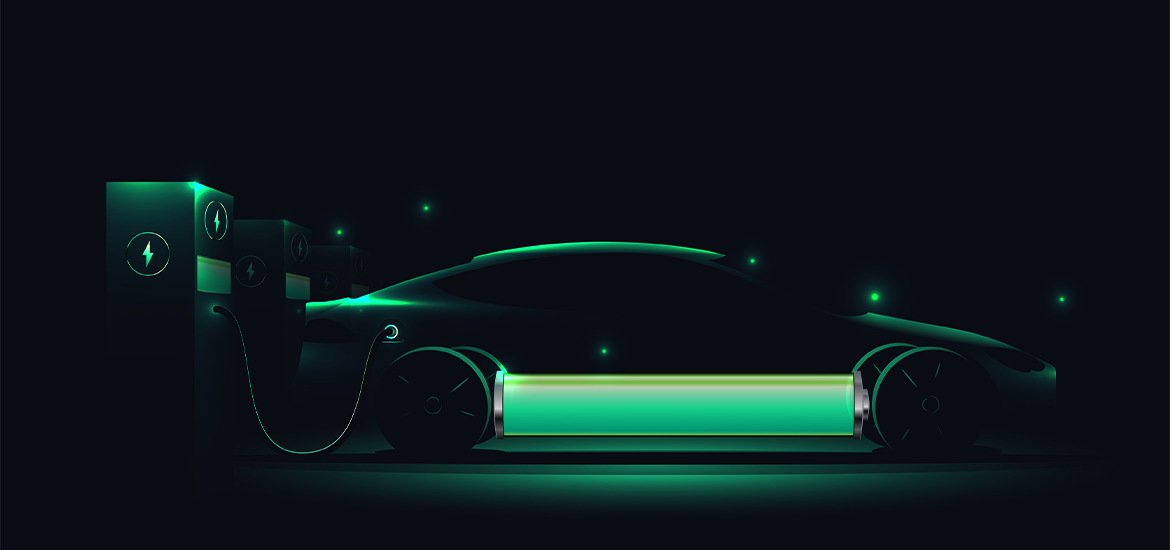
What is the Venturi Antarctica?
Learn all about the Venturi Antarctica.
When we say that electric vehicles are taking over the world, we mean they’ve tackled every continent on earth - including Antarctica. Here is everything you need to know about Antarctica’s only electric vehicle - the Venturi Antarctica.
What is Venturi?
Venturi is a Monaco-based automotive manufacturer, founded in 1984 by Claude Poiraud and Gerard Godfrey. The company created coupes and roadsters up until the year 2000, when they were forced to declare bankruptcy.
Gildo Pallanca Pastor, the son of Monaco’s richest woman, bought Venturi and turned the company’s focus towards electric vehicles.
What Do They Do?
Although once an automobile manufacturer that produced petrol cars that rivalled the likes of Ferrari and Lamborghini, Venturi now creates electric cars for specific missions.
Mission 01: Jamais Contente was launched in 2009 with the aim to set electric vehicle speed records. The company created four cars in partnership with Ohio State University and achieved its first goal in October 2004 - a speed of 271.727 miles per hour was recorded in a Venturi Buckeye Bullet.
The company then began focusing on journeys. In 2010, Xavier Chevrin and Geraldine Gabin set off in a Citroen Berlingo from Shanghai, and travelled through China, Kazakhstan, Russia, Ukraine, Poland, the Czech Republic, Germany, and ended in Paris just over four months later. The Berlingo was ‘Powered by Venturi’, by adding in two battery packs to increase the range of the vehicle to 500km on a single charge.
When Was the Venturi Antarctica Created?
The Venturi Antarctica made its first journey in British Columbia, Canada, and travelled 42km in temperatures as low as -30C. This was a test to see if the battery would survive in the South Pole.
With some tweaking, the next generation of the Venturi Antarctica was unveiled in 2021 and was deployed at the Princess Elisabeth Antarctic research station in December. At this point, it was 3.4 metres long, 2.18 metres tall, and weighed 2.5 tonnes.
How does the Venturi Antarctica Work?
The vehicle uses a 52.6kWh battery, with another one installed for backup. It runs on natural rubber tracks on an aramide belt, made by Camso - a part of the Michelin group.
The Venturi Antarctica is thermally insulated, and the chassis is built with a tubular structure to help keep the heat in for the six passengers it can carry. It has fold down bench seats and has space for equipment.
It is operated using a centre-mounted joystick. It is fitted with indicator lights, surround cameras, a horn, and even cruise control.
What is the Venturi Antarctica Used for?
The main purpose for the polar exploration vehicle is to provide transportation for scientists working at the Princess Elisabeth Antarctica Research Station. It is important that the vehicle is electric, so that there is no risk of contaminating samples from tailpipe emissions.
At the research centre, scientists are studying a multitude of things, such as climate change, meteorites, microbiology, and glaciers. This type of work requires travel and equipment, so the emissions free vehicle allows scientists to work without leaving nasty emissions behind.
What are Venturi’s Plans for the Future?
The Venturi Antarctica recently had to be upgraded due to temperature fluctuations caused by global warming. When it was first built and designed, it was made to withstand temperatures as low as minus 50C.
However, scientists had to make some adjustments this year when the temperature reached a warm minus 10C. The sprockets that drive the tracks were replaced, and a ventilation system was added to cool the interior in the Arctic sunshine. New vents and air intakes were also installed, to keep the electronics cool.
Read More
What is Regenerative Braking and How Does it Work?
Regenerative braking is a useful feature your EV uses every time you drive it. Find out everything you need to know here.
What Will Become of the ICE Vehicle?
As we approach the ban of selling new cars after 2030, you may wonder what will happen to all the ICE vehicles on our roads. We explore what will happen, and how the UK’s roads will be affected.
The Timeline of the EV
Travel back to 1832 to learn about the development of the first ever electric vehicle and follow us to present day to see the revolutionary impact EVs have had on the car market, and the world.
Everything You Need to Know About Hydrogen Vehicles
Learn everything you need to know about electric vehicle’s contender hydrogen vehicles.